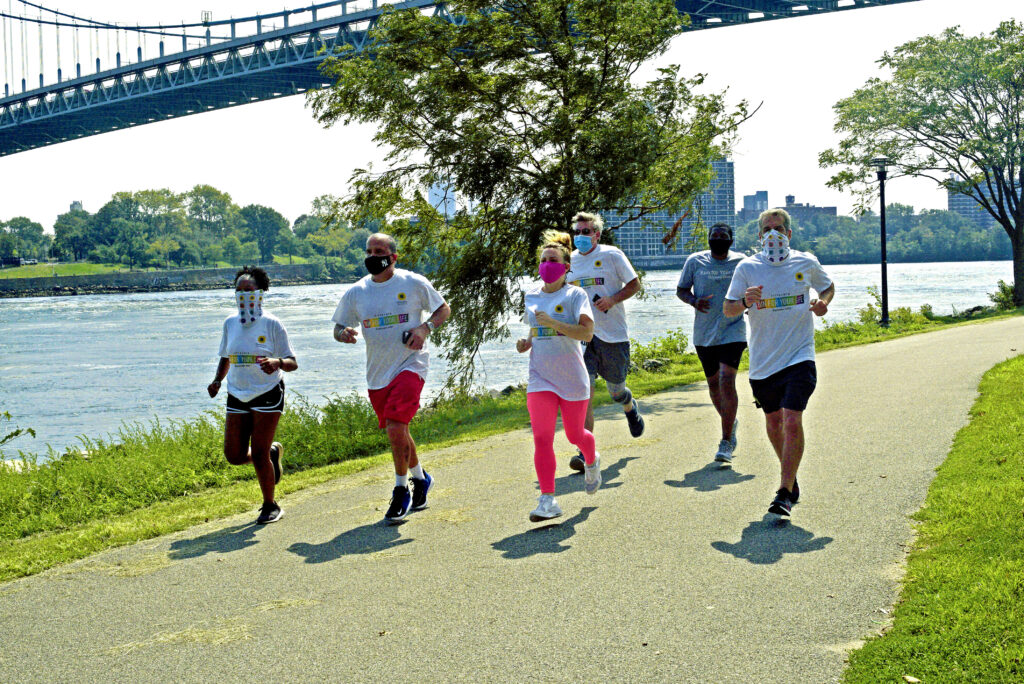
This Saturday, October 10th, the team will meet at 9:00 am in front of the bandshell, off the 72nd Street Transverse, in Central Park. Our workout routine will include the 1.8-mile loop for walkers/walk runners, which takes you on the south end of the park, and runners will be taking on the 6-mile loop, practicing base pace running. The weather forecast calls for early morning temperatures to be in the low to mid-60s, which is considered perfect running weather. I look forward to seeing everyone in the park this Saturday. Until then, be well and be safe by continuing to practice social distancing and wearing a mask.
Expert Tips for Achieving Proper Running Form from Head to Toe
By Ashley Mateo
Running is easy—just lace up your sneakers and start moving at a faster pace than a walk. But running properly? That’s a lot easier said than done. Your unique running mechanics are determined by the strength and flexibility of certain muscles and how your body is built. “It’s important to pay attention to mechanics, even if you’re not an elite or professional runner,” says Adidas high-performance coach Terrence Mahon.“We’re trying to do two things: One is not get hurt so that we can keep doing the thing we love to do, and two, we’re trying to do it with less effort and more efficiency,” In other words, the better your form, the easier running feels—especially when you start to get fatigued. Here’s what you should be paying attention to when you run, from your head to your toes. You might think running is all about your lower body, but your run technique needs to be dialed in from the top down. That said, don’t look at your feet. “Be sure to gaze directly in front of you,” says Kelli Fierras, USATF-certified running coach and ASICS Studio trainer. “Don’t tilt your chin up or down, which happens when people get tired,” she adds.
Really, your eyes can look anywhere, but a focused gaze helps maintain proper posture, which keeps your neck in proper alignment with your spine. “The classic thing I’ll see is a person starting their run with their head, meaning their head is always in front of their body,” says Mahon. “You want to have your ears in line with your shoulders.” The way you move your arms can help you move faster or slow you down. “Your arms should be at a 90-degree angle,” says Nurse. Your palms or fists move from chin to hip. That’s going to help you propel your body forward. Keep your elbows close to your sides. “If your elbows point outwards, that means your arms are crossing your body, which actually slows you down—you won’t be able to get the momentum you need,” says Fierras. Try pointing your thumbs to the ceiling to keep your arms in line or imagining an invisible line that runs down the center of your body—don’t let your hands cross over that line.
Continue reading on Runner’s World
Coach Andre’s tips:
Running mechanics is something that you become more familiar with as you run more. Long training runs are generally a good time to focus on your running mechanics because you become more aware of your pace, speed, and distance. This forces a runner to focus and be more conscious of what’s going on with his or her body movement. Run more and pay more attention to how your body moves with each step: head, shoulders, hands, hips, and foot plantar.

